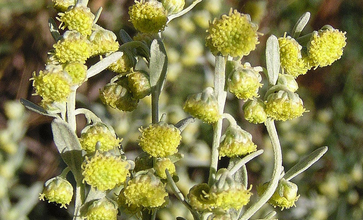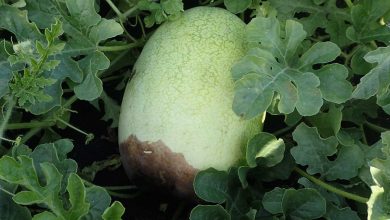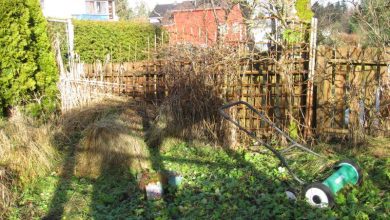Pot plant trellising: Tutors for the plants
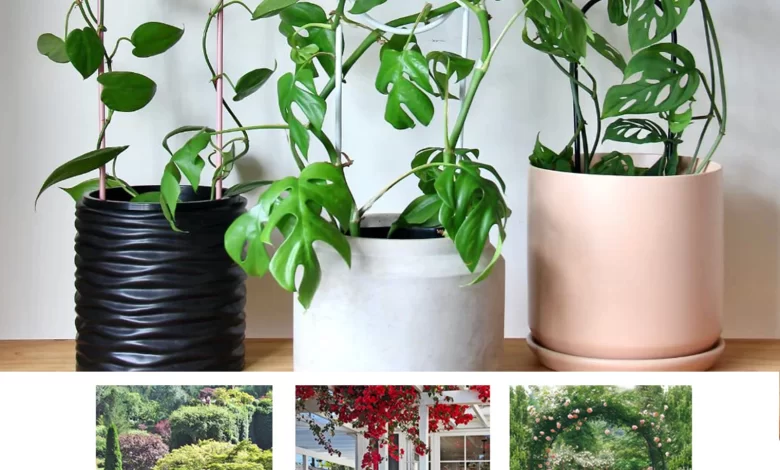
Very good to all Agrohuerters. I know that I repeat myself a lot with this about how to make a flowerpot, but I wanted to start telling you about some of the most important care so that our pots grow as well as possible and today we start with the trellising of potted plants.
Trellising of potted plants
The trellising of potted plants is necessary for our crops to grow correctly. When our plants begin to grow in height, the weight of their own leaves and fruits will cause the main stem to snap and for this reason it is necessary to give them a support structure so that this does not happen.

Trellising is practically mandatory in many crops for proper management. That is why it is not surprising to see a tomato trellising or a green bean trellising. But it is also important to trellize potted plants.
Types of trellising for potted plants
Basically, to make a trellis for potted plants you need the support structure that will serve as a guide for the plant and something to make the union between the plant and our structure.
- The support structure must be long enough and not too thick. A bamboo cane, a rebar or a simple stick is enough to support our plant.
- The union between the plant and the structure can be made with a simple flange, ropes or special clamps… If the plant has tendrils, in the case of cucurbits such as chayote, the plant will cling to the support structure by itself and it will not be necessary perform the join.
bamboo poles and bridles
In my case, to make the trellising of potted plants in my flowerpot, I have used some bamboo canes at €1 and flanges. In total, the entire tutoring system cost me a little less than €4.
This way of trellising potted plants is very simple, we will simply insert the cane into the substrate enough to make it stand upright, but not too deep to damage as few roots as possible.
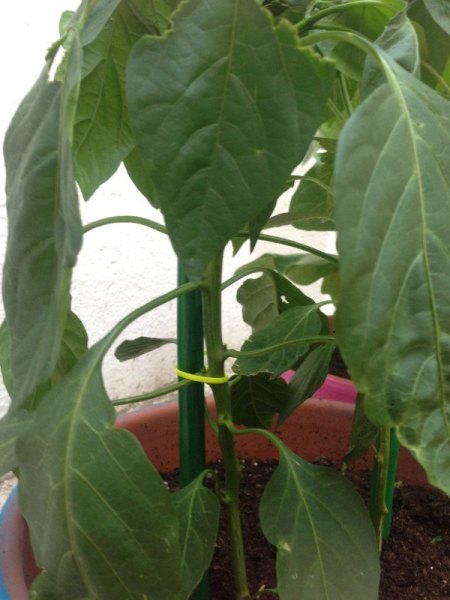
Next we will take the bridle and join the plant with the bamboo cane at some point that can be supported, for example above or below an armpit (where a secondary stem is born), it is at that point where I think the union is strongest.
An important piece of advice is that we insert the flange on its smooth side, the opposite of the one we normally use. This face has the advantage of being able to slide over the joint, it is not completely fixed and we can always make the joint looser or undo it as we are interested. Something that would not happen if we joined the plant to the structure by the toothed part.
Staking in this way has its advantages because if the stem of our plant thickens we can make the union looser without the need to use another flange or harm the natural growth of our plant.
Personally I have chosen this way of staking because I find it very simple, the structure does not get in the way much inside the pot, it is relatively cheap (although I recommend that you use recycled materials to do these things if you can) and it does not get in the way too much when handling our cultivation, but I also leave you with other ideas to make your potted plant trellising so that you can choose the one you like the most.
Trellis trellis mesh
In many crops, such as cucurbits, it is common to find trellis systems with meshes. These meshes can be the typical orange ones that we see in construction sites, more professional polypropylene meshes or the simple union of the plastic meshes that retain the soft drink packs.
This mesh can be placed either around the pot or between two plants as a screen or trellis mesh. The main advantages of these meshes is that they offer support to the branch where the fruits grow, the branch can lean on the mesh without drowning the peduncle due to the weight of the fruits, which does not happen with the raffia trellis system. It is also a very good system for tutoring cucurbits such as cucumber or chayote, since the plant’s own tendrils will look for a place to hold on.

Personally, I have not tried this system in pots yet, but I think it could be very interesting to transfer it to several planted cucurbits. At one end of the planter we would attach the mesh to a stick and nail it to the pot and the same at the end, managing to place the mesh in the middle of the pot like a ping pong net.
In the planters we could plant chayote, beans or cucumbers and let them grow upwards on their own, giving rise to very interesting vegetable walls that would not only give us shade in the flowerpot but would also give us fruit. I will try to try it and I will tell you how it is.
Greetings agrohuerters!


